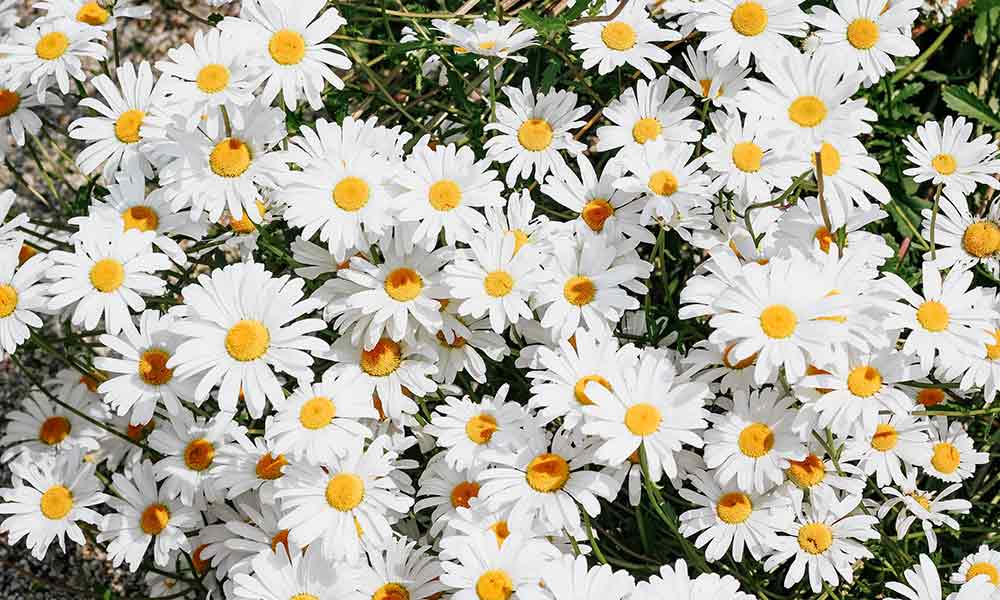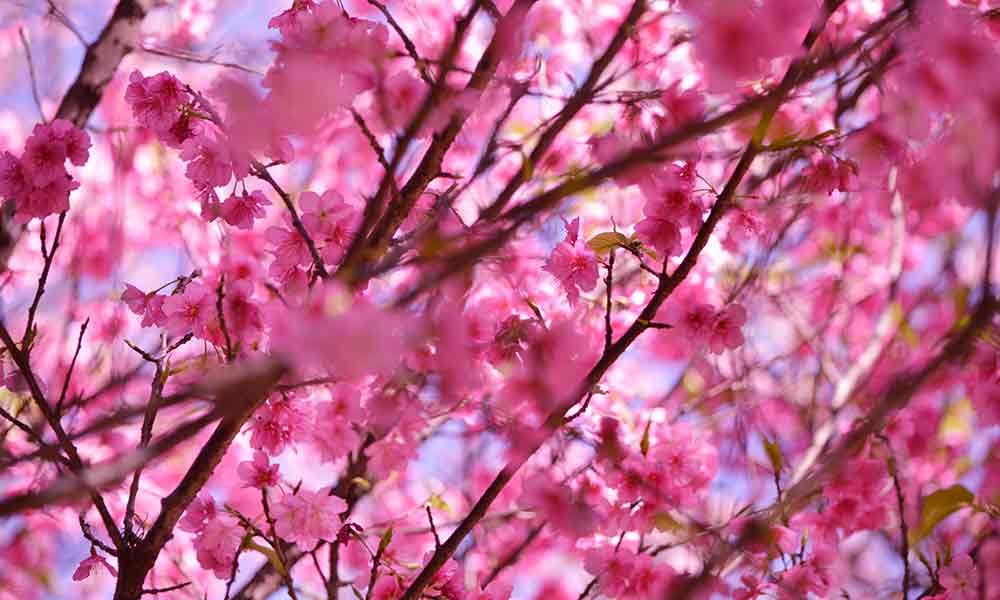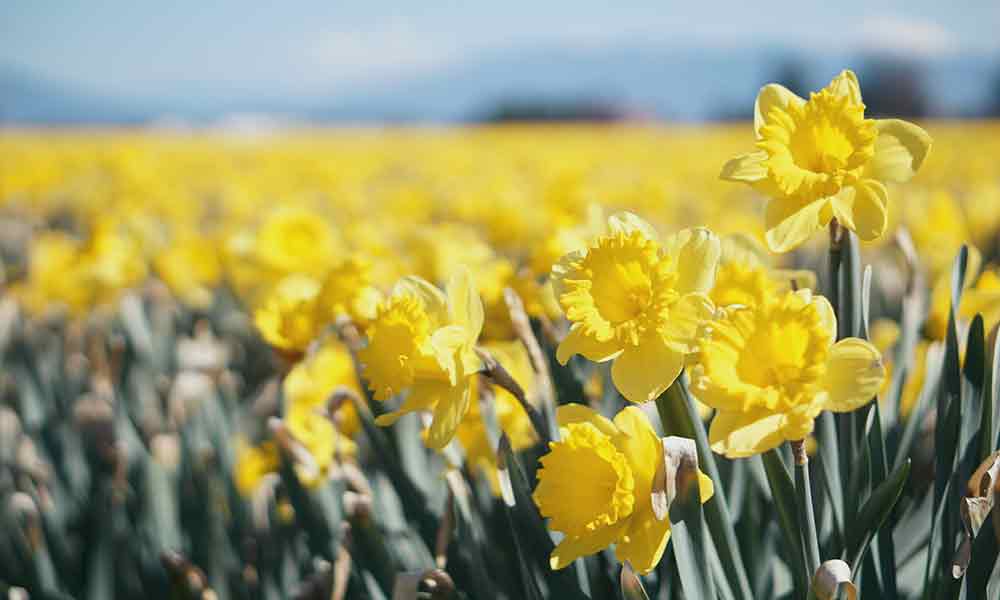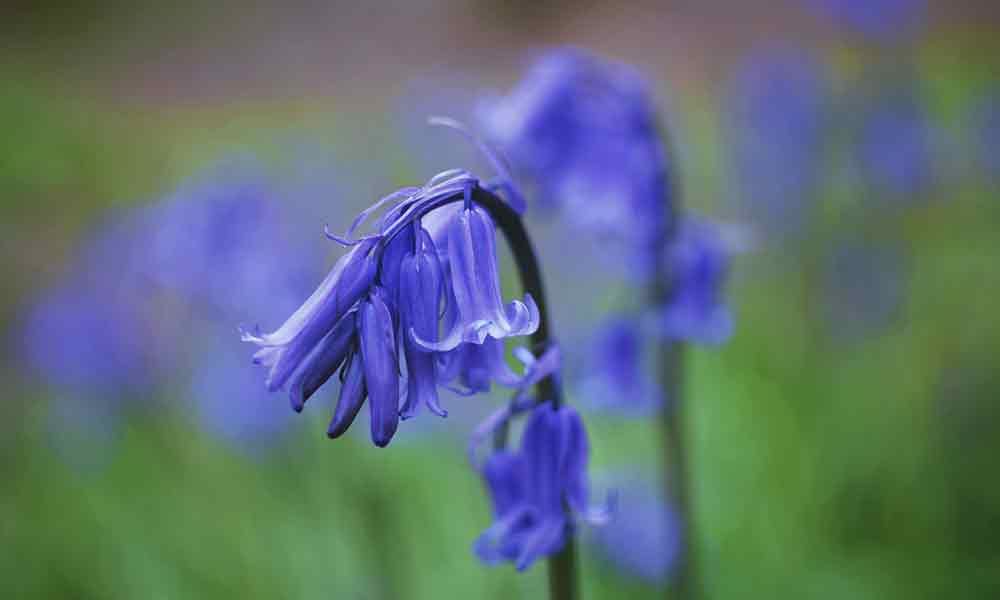The scent of beautiful Jonquil flowers fills the air as the seasons change from winter to spring. These brightly colored yellow or white trumpet-shaped flowers are often called Daffodils but form part of the Narcissus genus, with 13 divisions. This unique flower is used in bouquets and garden beds and wrapped in folklore and rich symbolism.
The Jonquil flowers symbolize forgiveness and a desire that affection is returned. When used in a bouquet, Jonquil flowers symbolize sympathy, friendship, and marital bliss. A gift of Jonquil flowers represents mutual affection and that the recipient of this gift is loved.
Jonquil flowers are also shrouded in superstition. According to the ancient Greeks, the Jonquil flower is considered the flower of death, and sorrow contrastingly, the Chinese believe that the Jonquil flower is a good luck symbol for the New Year. Another familiar superstition is that if you point to a Jonquil flower, it will not bloom.
What Do Jonquil Flowers Represent?
The jonquil flower is synonymous with spring and is mostly seen in bright yellow or white, but it can also have petals that are a combination of yellow and white. As part of the Daffodil family, the Jonquil flowers are adored due to their enchanting scent and beautiful trumpet-like structure.
Jonquil flowers are often in bouquets, garden beds, or found growing at the bottom of large trees. As seasons change from winter to spring, one of the many colorful flowers that represent the coming of spring is the Jonquils. Jonquil flowers are just as cheerful as sunshine and have many meanings, and these meanings differ from country to country.
In the east, they represent luck and good fortune. In the west, they represent the start of spring and popular addition to springtime bouquets.
The most common meanings of Jonquil flowers are rebirth, renewal, desire, and friendship, a request for affection, sympathy, and forgiveness. The yellow Jonquil flowers can more closely be associated with friendship.
Why Is Jonquil Flowers Symbolic?
Jonquil flowers are symbolic due to the rich history and myths associated with this flower. Jonquil’s are also one of the first flowers to bloom in spring, carrying the symbolism of new beginnings, rebirth, and joy. The Jonquil is native to Spain and Portugal, and it is believed that this flower made its way to the United States through colonists.
Many festivals celebrate the Jonquil Flower, and it is possibly the most generously grown plant in Texas. In Arkansas, at Washington State Park, a Jonquil festival is held yearly. Thousands of Jonquil Flowers can be seen in the celebration of spring and in remembrance of the pioneers who planted them.
Jonquils are also associated with marital bliss and are subtly known as the 10th wedding anniversary flower. Historically the Jonquil flower has been described in Roman literature and found in graves in Ancient Egypt. The Jonquil flower is thought to have been mentioned in religious books like the Bible.
Although there are generally positive associations with Jonquil flowers, they carry some associations with bad luck. It’s believed that if you gift someone a single Jonquil, bad luck is looming. Many farmers also believed that the Jonquil flowers were unlucky and would not have them in their homes.
What Is The Etymological Meaning Of Jonquil Flowers?
According to the Online Etymology Dictionary, the origin of the word Jonquil came from the Spanish word junquillo, in French jonquille. The Latin word Juncus, meaning “rush, reed,” after the Jonquil’s rush-like leaves. The genus name Narcissus which the jonquil flower falls under, originates from the Greek word narke, meaning numbness but is also the root of the word narcotic.
The etymological origin of the flower name Jonquil can be dated back to the 19th century. Jonquil flowers also carry the etymological meaning of “a fragrant bulb flower.”
Flowers that belong to the Narcissus genus are appropriately named because of the intoxicating fragrance and poisonous nature of their bulb.
Are There Cultural Meanings Attached To Jonquil Flowers?
Jonquils have various meanings across different cultures. In Victorian times the Victorians would send Jonquil flowers as a message of desire for affection to be returned and often as a request for forgiveness. The popularity of expressing emotions through gifts of flowers was popular in the Victorian era due to the restriction of free expression.
The Jonquil flower symbolizes luck and a good omen for the New Year in Chinese folklore. The Chinese are very fond of these flowers and often grow them and create artistic sculptures by carving the bulbs of the Jonquil flowers.
In Greek mythology, the Jonquil flowers have been linked to the story of Narcissus. Narcissus was a handsome young man that came across his reflection in a nearby pool and fell in love with his reflection. He stared at it for days. One day he was tired from looking at his reflection that he fell into the pool of water, leaving flowers to grow where he had been sitting.
The flowers that grew where Narcissus was sitting were appropriately named Narcissus, to which the Jonquil flower belongs. The Jonquil’s curved stem leaning towards the ground represents Narcissus looking at his reflection.
Through Roman culture, Jonquil flowers are often mentioned by the famous writer Virgil who wrote about the Narcissus flower genus, often referring to the flower containing the tears of Narcissus.
The Jonquil flower is also mentioned in poetry and English literature and depicted in art from early as the 1600s. In these artworks, they represent themes like death and rebirth. In the western culture, Jonquil flowers are also well known as “Easter Flowers,” or in England, the Jonquil’s are fondly known as ‘Lent Lillies.”
Conclusion
Jonquil flowers are found worldwide and mentioned in famous literature, celebrated in festivals, and are among the first blooming flowers during the springtime. Their fragrance and bright yellow appearance represent joy, rebirth, and friendship and are often gifted to show sympathy or a request for returned affection.
The meanings and symbolism of this delicate flower span over many cultures and remain a beloved flower filled with tales of myth and history and superstitious beliefs.





